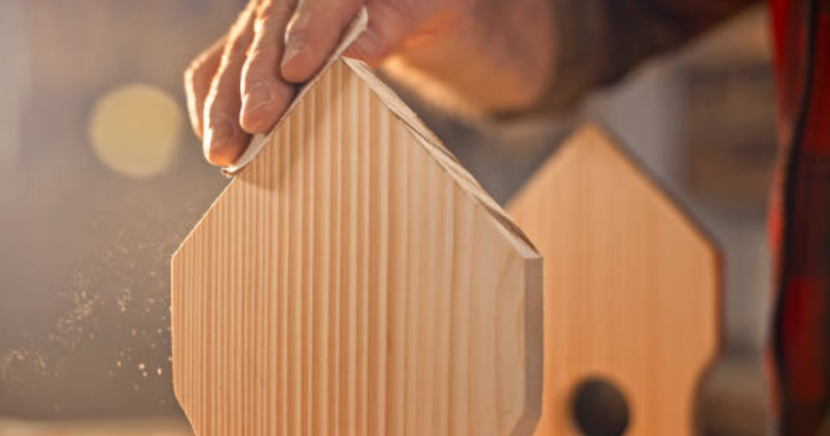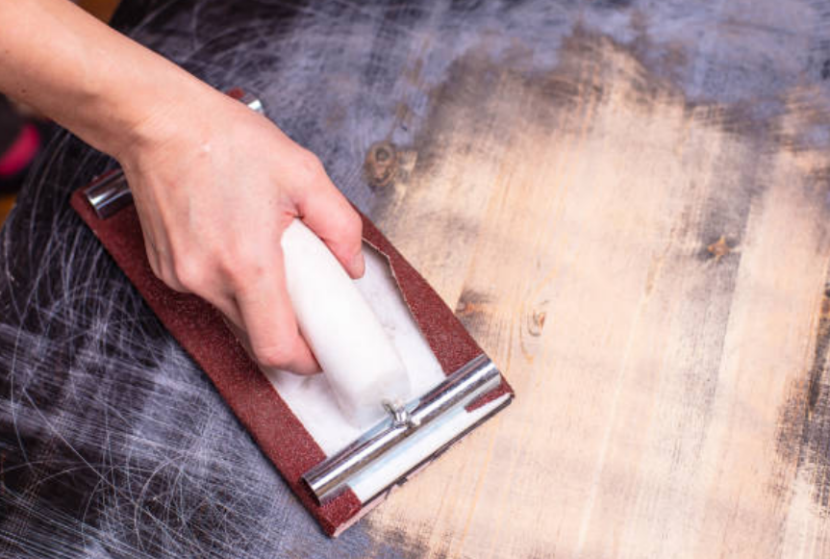Sandpaper is a widely used and beneficial product with a high effect in the world of woodworking, sandpaper for metal, sandpaper for car paint, etc. It is used for glossy, polished, smooth, level, finished and shaped wood. It can also be used in several other materials such as metals, plastics, etc. What grit sandpaper for drywall seams to window glass, and many more applications can benefit from sandpaper applications. Here’s the article of how to use sandpaper on wood.
Choosing Right Abrasives Material And Grit
Sanding is used for all of the above reasons, but also for removing the outer layer of the material, such as paint. First of all, sandpaper is only made by gluing the actual sand grains to one side of the paper; However, the manufacture of modern sanding paper types now includes a completely different abrasive material such as
- silicon carbide sandpaper
- alumina oxide sandpaper
- ceramic sandpaper
- Zirconia alumina, etc
For wood, aluminum polish pad is the best. Never use silicon carbide sandpaper on wood materials. In the previous blog, we discussed the different grades and types of sandpaper. Whatever project you plan to do, it’s important to use the right grade of sandy paper. Keep in mind that the lowest sandpaper grits are more natural sandpaper on wood and remove more material, while higher sandpaper grit is finer and remove less.
Here’s How to Sand Wood
- Figure out what grit sandpaper for wood you need. For smoother surfaces, use high grit sandpaper (i.e. 1000 grit wet sandpaper), while for rough surfaces use lower grit on wood (i.e. 60 particle size) or medium grit sandpaper.
- Choose whether you want to apply sanding disc pad with your hands and fingers, or paste sandpaper to the surface of the wood before applying it to the sandstone. For large surface areas, blocks are a good choice.
- Always sand along the grit. Facing back to the texture can result in uneven finishes or rough patches.
- Use smooth, even strokes when sanding in the direction of the grain. Never use too much force or pressure to ensure a controlled surface treatment.
- If you start with coarse grit, it is appropriate to switch to finer grit sandpaper after the initial sanding is complete. This allows for more control and better artistry. This is a good time to use your fingers instead of sanding blocks.
- Sand until the desired finish is reached. Being as smooth as glass is a good finish.
- When finished sanding, wipe clean with a clean adhesive cloth. Fix any imperfections with 120 grit or more sandpaper.
Final Thoughts
When you use the right sandpaper grit on wood, a variety of works are created in your hands on a very smooth surface that gradually “comes back to life.” Contact BINIC – coated abrasives manufacturer, your best option, if you still have questions.


